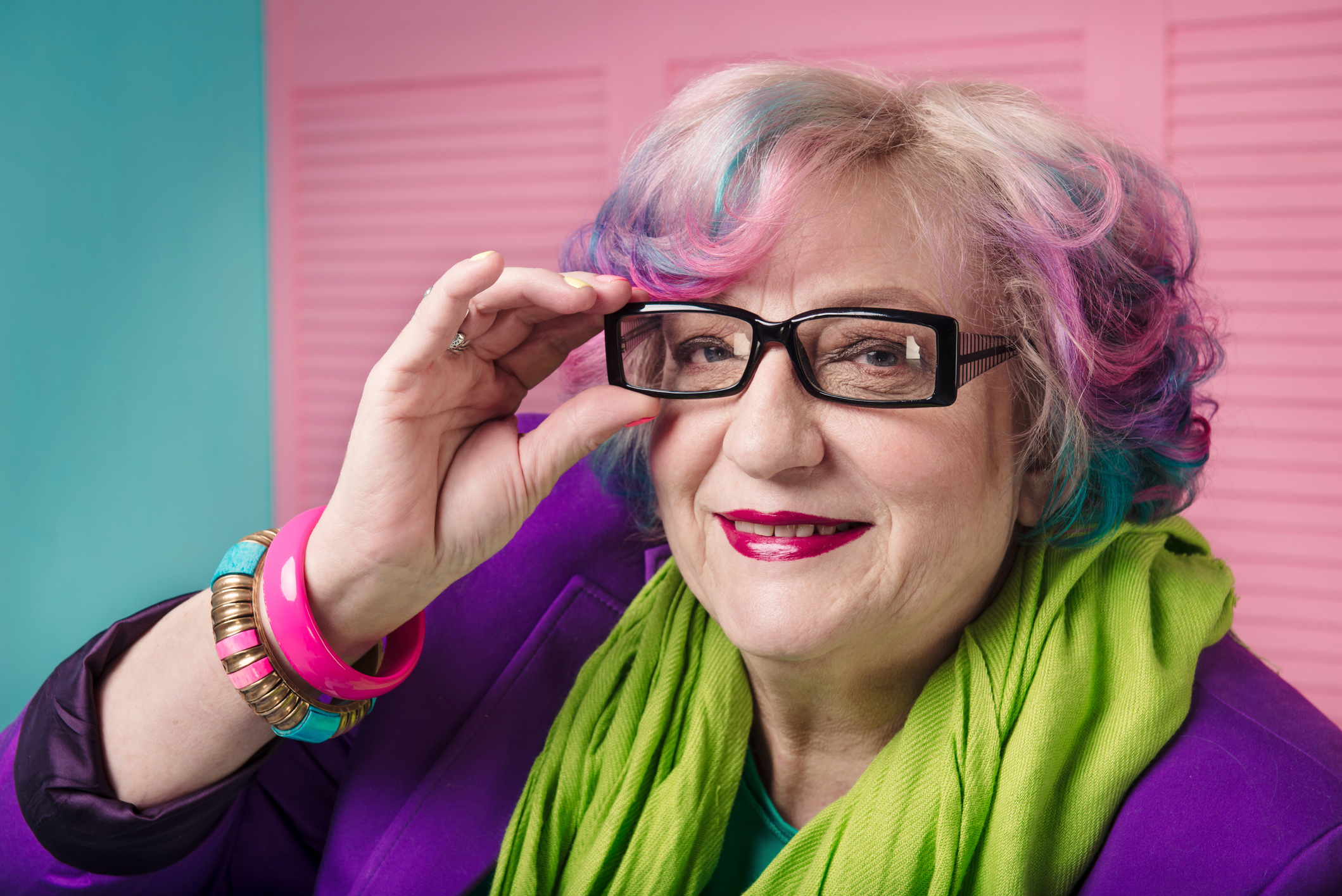If you have been toying with the idea of allowing your natural silver strands to shine through, new research into the health risks of permanent hair color may strengthen your resolve. And as the time between salon appointments shortens, your pocketbook, as well as your future health may thank you for taking the leap and letting your hair return to its natural state.
According to a recent National Institutes of Health study, permanent hair dyes and chemical straighteners are associated with an increased risk of breast cancer, especially for black women. The study, published recently in the International Journal of Cancer, found that of the 46,709 cancer-free participants (between the ages of 35 and 74) followed over a period of 8.3 years, black women who used permanent hair dye regularly (every 5 to 8 weeks) in the year before enrolling in the study had a 60 percent increase in breast cancer risk than those who didn’t regularly dye their hair. White women who regularly dyed their hair saw an 8 percent risk increase.
Researchers also found that, regardless of race, women who regularly used chemical hair straighteners had a 31 percent greater risk for breast cancer. Hair dyes and chemical straighteners may contain carcinogenic ingredients as well as hormone-disrupting compounds. The texture of hair may also determine how much product is used to cover grey hairs or how much is absorbed, according to study authors.
Keep in mind that although more research does associate permanent hair dye and chemical straighteners with breast cancer among women, this study does not conclude that hair dye causes cancer. More research is required and although hair dye may be a possible contributing factor to developing breast cancer, eating a nutritious diet, getting regular exercise, maintaining a healthy weight, stopping smoking and limiting alcohol can also help lower a woman’s cancer risk.
The U.S. national average price for salon hair coloring is between $60 and $150 depending on the process and the salon. Add the price of a cut and style and it’s not difficult for women to spend several hundred dollars on their hair each month. The more you know, the better decision you can make for yourself.
Not ready to stop coloring altogether? Researchers suggest switching to a semi-permanent or temporary hair dye and taking precautions such as wearing gloves during the coloring process and rinsing the dye out thoroughly and according to instructions.
Learn more about the Sister Study here.






Add Your Voice
0 Comments
Join the Discussion